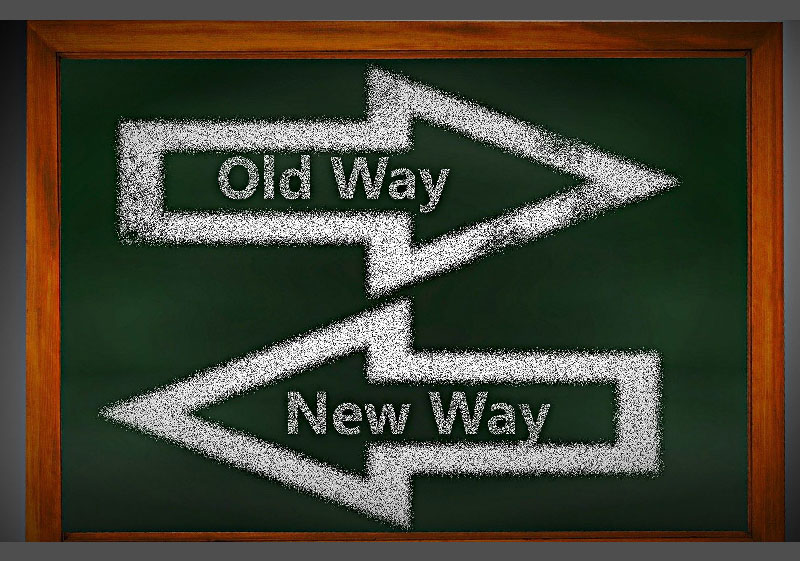ASK ALAN: Ensure Success After COVID … Change Your Culture!

ASK ALAN is a business advice & idea column reaching 7+ million business leaders semi-monthly
You can have a great business idea, strategy, and crafty tactics to stimulate growth. However, if you don’t change your culture, they won’t work. Here’s a way to change your culture that works! Try it. What do you have to lose?
|
Becoming more customer-centric is an ideal way to improve your odds for success after COVID — especially, if you wish to advance customer loyalty and retention. Former brands like Circuit City, Sears, Blockbuster, Kodak, and others would likely be here today if they had adjusted, in this direction. Rules to exert influence on real cultural change
1. Be specific as to why your business needs to change
2. Accept that making a cultural change is a long-term goal 3. Be clear on your vision for the future 4. Accept the fact that “you cannot make an omelet without breaking eggs” 5. Lead from the top Be specific about why your business needs to change
If your employees think business-as-usual is working, no one will bother to make changes — it is too inconvenient and uncomfortable. Using weight-loss as an example, most who try, fail. People successful with weight-loss are very specific as to why they wish to lose weight. For a specific event, e.g., a wedding or class reunion. The special event is the specific reason they want to lose weight. In other words, you are more willing to take a chance because you can see that the status quo threatens to destroy your success. Making a cultural change is a long-term goal
Being able to articulate your vision/philosophy for the future is crucial.
It is also vital that you know what you want the change to do. I suggest you break it down into the new things you want to do and the old stuff you want to stop. Also include a way to measure it. “You cannot make an omelet without breaking eggs”
Consider the teachings of Sun Tzu’s The Art of War, you have to choose your battles. You cannot win every battle, so you need to select the crucial ones. From a business perspective, that can mean breaking a few eggs to make your Customer Experience omelet. In other words, you might have to fire someone who does not want to comply with the cultural change. Removing them sends a strong signal that you are serious about your program for change. I would not fire someone simply as a matter of course, rather, only if they are undermining what you are doing. Lead from the top
 In Colin Shaw’s book, Happy Employees Make Happy Customers, he makes the point that “people often stay in jobs because of great managers, and leave because of poor ones.” Any change to culture requires employee engagement to be successful! Your words and actions must be the same
|
||
|
|
||






